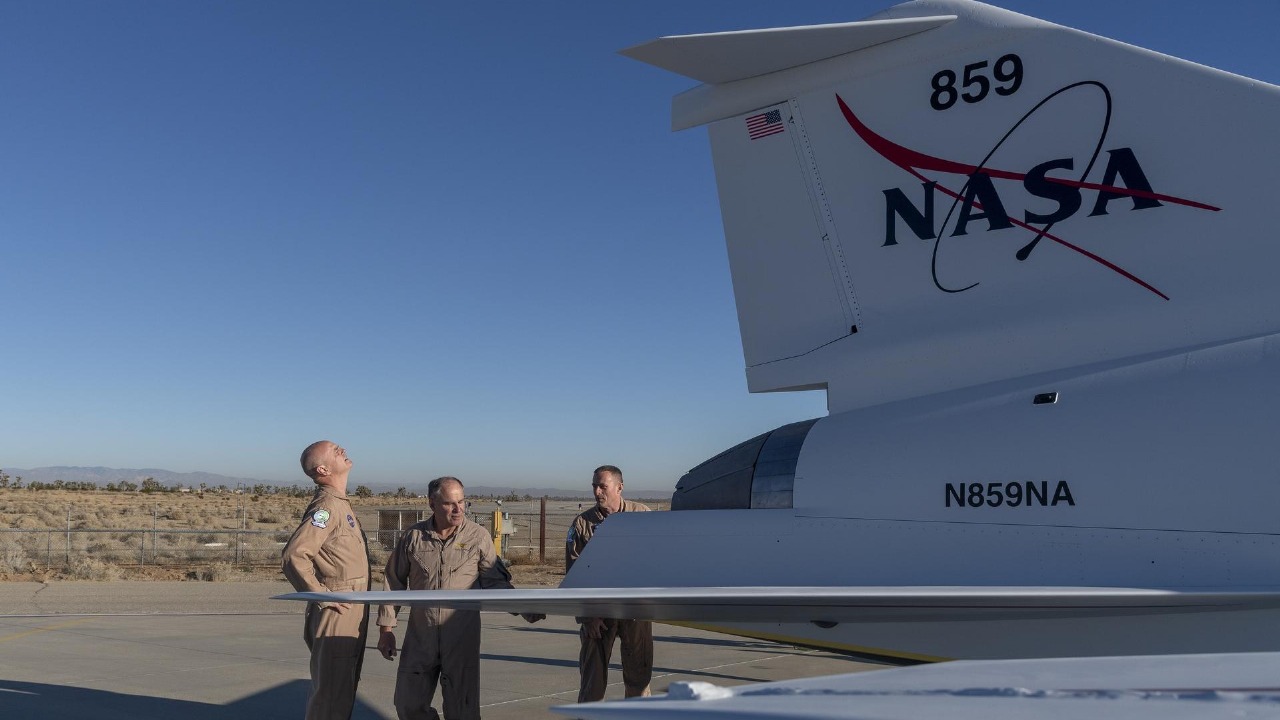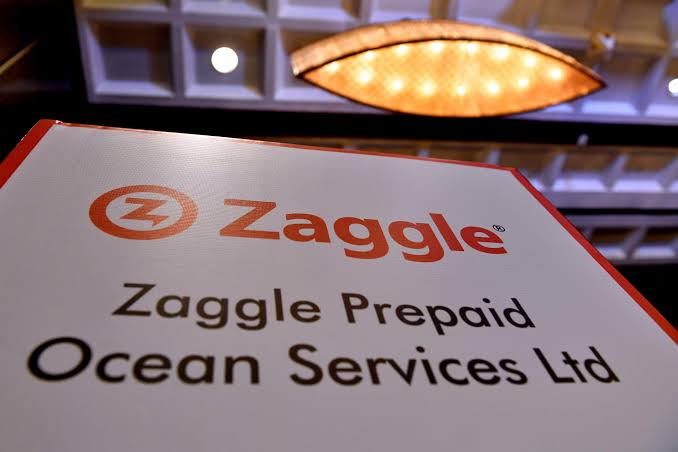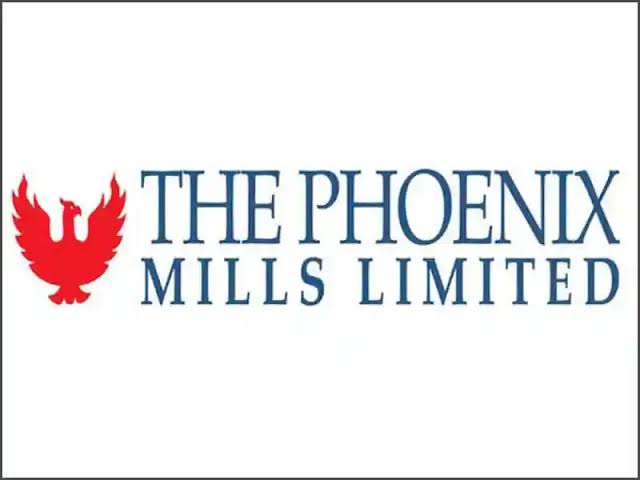 Image Source: Space
Image Source: Space
NASA has achieved a major milestone in its quest for quiet supersonic travel by calibrating advanced shock-sensing probes for the upcoming test flights of the X-59 aircraft. The X-59, centerpiece of NASA’s Quesst mission, is designed to fly faster than sound while dramatically reducing the thunderous sonic booms that have long restricted supersonic flight over land. Instead, the X-59 aims to produce a much softer “sonic thump,” potentially rewriting the rules for commercial aviation.
To ensure the success of this mission, NASA engineers at the Armstrong Flight Research Center have meticulously calibrated specialized cone-shaped probes that will capture real-time data on the shock waves generated by the X-59. Mounted on F-15 research aircraft flying in close formation with the X-59, these probes are equipped with multiple pressure ports and advanced transducers, capable of recording thousands of pressure samples per second. This setup allows researchers to analyze the precise characteristics and strength of the shock waves, validating computer models and refining the X-59’s design.
The calibration process included test flights with NASA’s F/A-18 and F-15 aircraft, confirming the probes’ ability to accurately measure subtle pressure changes. NASA has also prepared a backup probe to ensure uninterrupted data collection, a crucial step for maintaining the tight schedule of test flights.
These efforts are vital for NASA’s broader goal: to gather scientific data that could persuade regulators to lift the decades-old ban on supersonic commercial flight over land. If successful, the X-59’s technology could usher in a new era of faster, quieter air travel worldwide.
Source: NASA, AZoSensors, Life Technology
Advertisement
Advertisement






